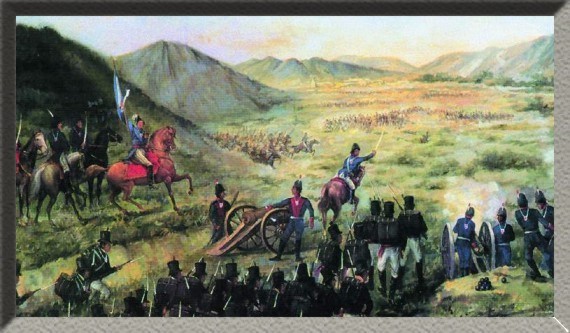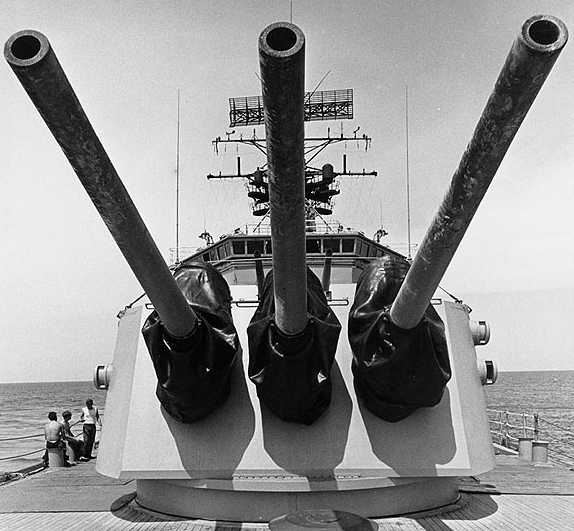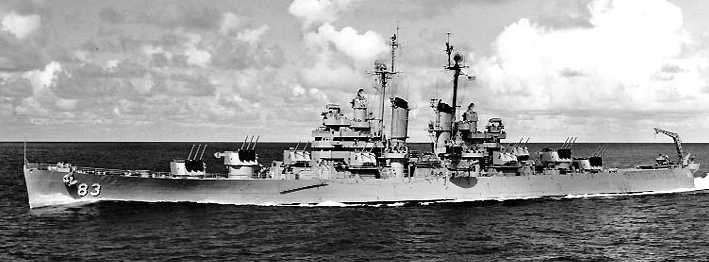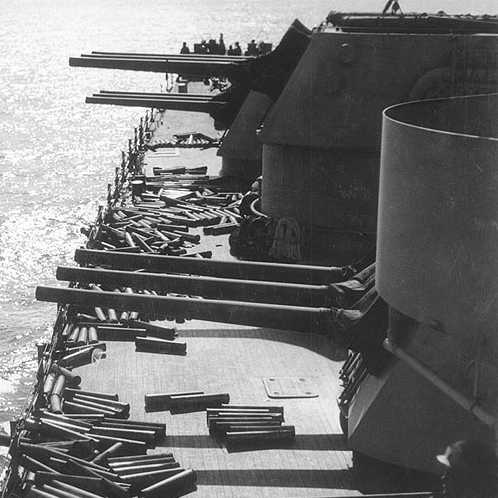It wasn’t a ring or a “fighting zone” it was an area the British set up to ensure no forign vessels were caught up inthe scrap, and any Argentine ship in it would be classed as hostile and could be engaged.
1000ydstare, I do not and cannot agree with you.
The United Kingdom NEVER called to the Exclusion zone as you are explaining. That could be your view or a british writer, journalist or political, adopting the most appropiate position to Great Britain.
On April the 12nd, the Thatcher’s government offialized made official the creation of an maritime exclusion zone, which was hardened as total exclusion zone on April the 28th…
“Her Majesty’s Government declare that since April the 30th, will be stablished a Total Exclusion Zone, with a range of 200 miles. That Exclusion zone will be applied not only to the Argentine aircrafts and ships; Any millitary or civilian aircraft or ship that support the illegal occupation inside that zone will be considered as hostile and would be exposed to be attacked”.
So, that declaration explain very well the Exclusion Zone. Does it says in some place that is “a declaration to defend another flag’s ships”? I must answer a huge NO.
Besides, before April the 28th Argentina and the United Kingdom stayed in a extremely tension state, but not at war. If they were at war, the Royal Marines captured on April the 2nd had been released, as well as the Argentine Marines in the Georgias islands.
As Argentina and the United Kingdom weren’t at a real war, the most logical posture would be that the United Kingdom was warning to Argentina to not transport any provisions from the Continent to the archipelago.
But never, I repeat, NEVER from April the 2nd to May the 2nd, the British government talked about the waters from the outside of that Exclusion Zone. As the United Kingdom wasn’t interested in that zones.
As the United Kingdom only talked about the Exclusion Zone, and never said a word from the outsides of it, the most logical, I repeat, is that Any Argentine ship, millitary or civilian, could stay on that waters.
The cruiser was the leader of the “Task Force 79” from the <Sea Fleet>, which was formed by the cruiser, two destroyers and a tanker ship.
Where the “General Belgrano” was? That May the 2nd, the “General Belgrano” wasn’t advancing. It was out from the Exclusion Zone, at 380 km or 236 miles from the archipelago, 36 miles out the Exclusion Zone. That is not a little or/and confusing distance.
Not only it wasn’t advancing, it was “showing pope” to the Exclusion Zone, as a signal that the cruiser was not advancing to it, and was not interested in advancing to it.

position where the cruiser was attacked
However, the nuclear submarine HMS “Conqueror” launched three torpedoes MK.8 agaisnt the cruiser. Two of them reached their objective, and another crashed itself against one of the destroyers, but didn’t exploded. In the attack, more than 270 sailors, including two civilians, died immediately. Another 50 died as shipwrecked sailors, on their saving rafts.
The submarine of the Royal Navy had been chasing the cruiser and his* Task Force by weeks, since they left the Ushuaia port.

The sinking of the cruiser General Belgrano
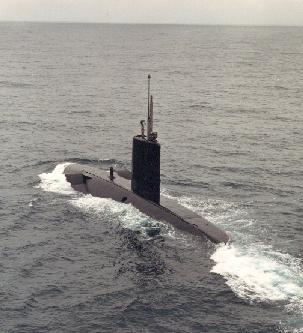
Nuclear submarine HMS “Conqueror”
The United Kingdom’ Government said that the Belgrano was attacked for being a serious threat to the Royal Navy. Let’s see…
When the Belgrano was attacked, was at 200 miles from the nearest british ship (taking as Argentina hadn’t the possibility of know that a nuclear submarine was at two miles from the cruiser). The cruiser hadn’t got a real ASW (Anti-Submarine War) systems, and It hadn’t got an appropiate ASW weapon, as an helicopter or torpedoes.
The Belgrano’s most powerful weapons were tweenty three cannons from different calibres, without a guide system. Six of those cannons had the maximum range, from 12 miles.
The only smart weapons that the cruiser had were the SAM (Surface-Air Missile) system Sea Cat, a not so great system, with a range of 3 miles. It hadn’t any surface-surface missile, as the MM-38 Exocet
Besides, the Belgrano was an ancient ship, with several problems in his systems and power plants.
Could be an ancient ship with that kind of weapons, with that kind of systems, a “real serious thread” to the Royal Navy? Certainly NO.
If the Belgrano had been at 40 miles from the heart of the British Task Force, advancing to it, I could understand the sinking, but… Was a really necessity the fact of attack and sink a ship which was too far from the Task Force, static, by the time “repelling” the possibility of enter in action, without a real capability of make harms to the Royal Navy?

Argentine Cruiser ARA “General Belgrano”
Although it was a really huge vessel, with the aircraft carrier 25 de Mayo the symbols of the Argentine Navy, it wasn’t an important strategic objective.
The murmurs about that the objective of the british attack was in order to lock the negociations of an offer made by the Peruvian President (an offer that could benefit a lot to Argentina) is true. If Argentina would accepted it, the United Kingdom could had been in real problems. So the United Kingdom needed to do something to make enrage to the Argentine government and people. So, Argentina wouldn’t want to negociate. How the United Kingdom could do that? killing their proud vessel, their “loved elderly people”, their “grandfather”. And they got it. As a lot of people say: Was easier to Britain stay in the archipelago by war than by a talk.
That murmur is really heavy here in Argentina, and I consider it a lot when I have to talk about the Belgrano’s sinking.
If the murmur is false, and the United Kingdom wanted to attack a real, serious thread to their Royal Navy, the United Kingdom should attacked to the three A-69 Corvettes (“Drummond”,“Grandville”,“Guerrico”), that were fast ships, with a really low radar signal, armed with smart weapons, as SAMs and the, by the time, deadly Exocet missiles. The Royal Navy should attack them if they wanted to sink the real thread to them.

A-69 class corvette, ARA “”
[img]http://www.telpin.com.ar/InternetEducativa/EscuelasPolimodal/Tecnica/n63.jpg[/img]
OUR CRUISER, FOREVER WITH US…
PD:
*: I said HIS because in spanish the ships are “male or female”, depending what kind of ship is, examples M for male, F for female:
-Aircraft Carrier - M
-Cruiser - M
-Battleship - M
-Destroyer - M
-Tanker - M
-Submarine - M
-Frigate - F
-Corvette - F
-Patrol Boat - F
PD bis: 1000 What is your name? Calling you by a number sounds a little strange and uncomfortable!  … my name is Giuliano, but Eagle is ok, name me as you want it. Another forist who want to say his/her name is accepted!
… my name is Giuliano, but Eagle is ok, name me as you want it. Another forist who want to say his/her name is accepted!






 … my name is Giuliano, but Eagle is ok, name me as you want it. Another forist who want to say his/her name is accepted!
… my name is Giuliano, but Eagle is ok, name me as you want it. Another forist who want to say his/her name is accepted!





